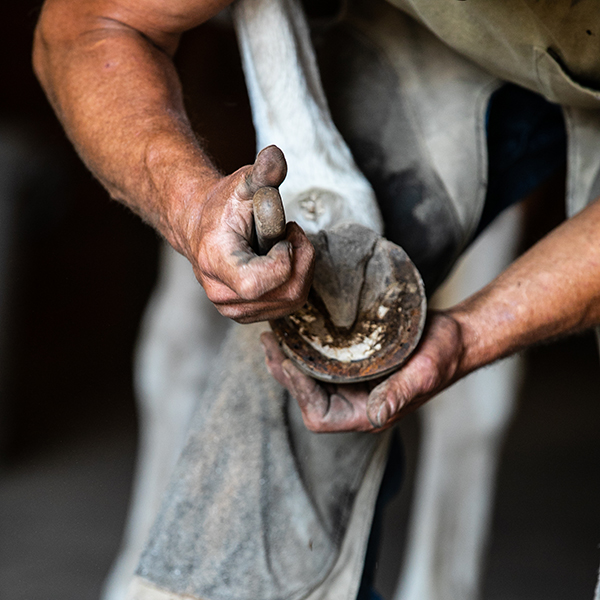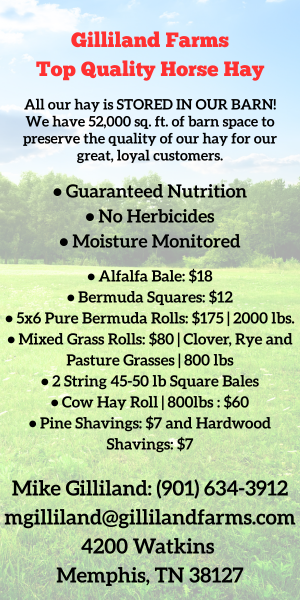The thermometer, shorter days, and your horse’s shaggy coat all confirm winter is here. It may not be as evident, but your horse’s hooves face seasonal changes too. Slower growth and changes in the environment can present new challenges to maintaining healthy hooves.
Most horses experience slower hoof growth during the winter months. If your horse is barefoot, your farrier may suggest a longer time between trims. However, horses with shoes may stay on the same schedule as the summer months. Talk with your farrier about your horse’s hoof care needs over the winter time.
Even if your horse is off from work over the winter you should regularly groom and pick out the hooves looking for any abnormal appearance or smell of the foot. Thrush infected hooves have a very strong, foul smell with thick, black discharge around the frog. Horses kept in muddy, dirty pens are more prone to thrush infections. Keeping the dry lot, stalls, and run-in sheds clean will help to avoid thrush.
Wet weather can cause increased bacterial and fungal hoof problems like thrush and white line disease. Since the ground in the mid-south doesn’t usually freeze, these organisms go unchecked. It is helpful to have a dry area for your horse such as a stall or run-in shed to give hooves an opportunity to dry out if your outside pens are wet. Hooves that stay wet are susceptible to infections and soft hoof walls loose shoes more easily.
Many horses benefit from time without shoes. Circulation and physiology differ when horses are barefoot. Winter can be a good time to pull shoes, especially if your horse is on a break from regular riding. Your farrier can recommend a plan for switching to barefoot hooves if it is advised. Dr. Mark Akin, DVM says, “there are some horses who may benefit from having their shoes pulled. Those are horses with quarter cracks, center cracks, or other pathology which by pulling the shoes actually helps. If the horse doesn’t have hoof pathology and routinely wears shoes, then I leave them on.” He further stresses the importance of regular trimming whether shod or barefoot. For brittle hooves he recommends a hoof dressing like Rainmaker, and a feed supplement that contains biotin, methionine, and copper to foster good hoof growth.
Greg Speltz, farrier in the Greater Memphis Area, keeps clients on the same schedule in the winter. He maintains a 5 week schedule year-round with changes based on the individual horse. He tells horse owners to keep feet picked out during hard freezes when horses are turned out. Speltz says, “uneven, frozen ground puts horses at risk for abscesses and sole bruises.” Much of his current clientele have horses that compete most of the year, so they don’t pull shoes. “Generally it takes longer than one to two trim cycles of the horse’s feet to acclimate to being barefoot,” so he advises against pulling shoes for short periods of time. If shoes do get pulled, he recommends pulling the hind shoes first, then pulling the front shoes after the horse’s hind feet are adjusted to being barefoot.
Whether your horse is shod or barefoot, winter is no time to back off on regularly cleaning the hooves and giving them a good inspection. As with all areas of horse management, regular care keeps your horse happy and healthy.









